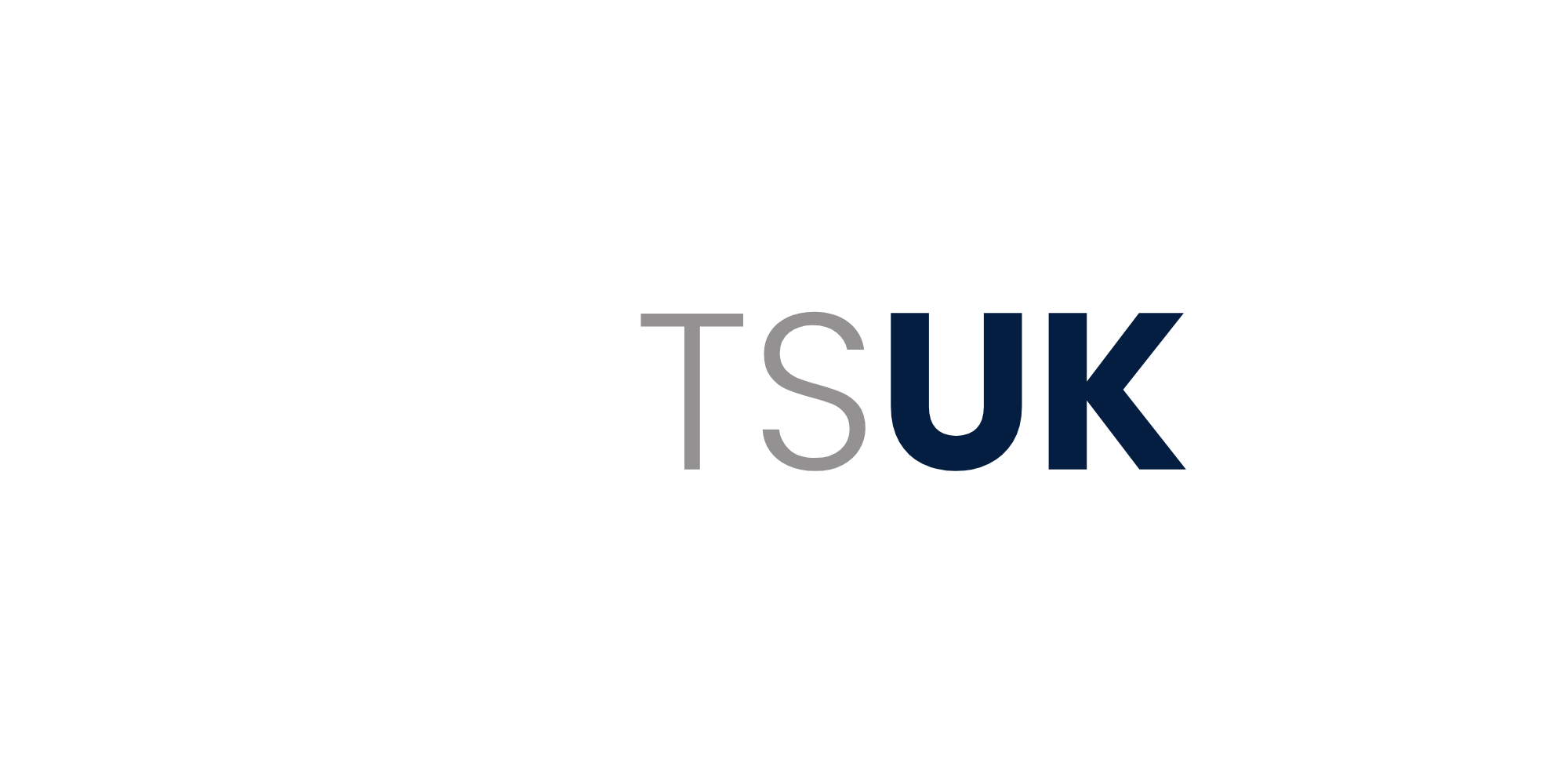RFID vs Barcodes: Which Technology Delivers Better ROI? [2024 Cost Analysis]
In today's data-driven supply chain, choosing between RFID and barcode technology isn't just a technical decision—it's a strategic investment that can significantly impact your bottom line. Our comprehensive analysis reveals that while RFID requires a higher initial investment, it delivers a 300% ROI over five years compared to barcode systems for large-scale operations[1].
The Real Cost of Implementation
When considering either technology, understanding the true implementation costs is crucial. Recent studies by GS1 UK[2] show that RFID systems typically require an initial investment of £150,000-£300,000 for enterprise-level implementation, while barcode systems average £45,000-£100,000.
RFID Implementation Breakdown
- Hardware infrastructure: £75,000-£150,000
- Individual tags: £0.10-£5.00 per unit
- Software integration: £50,000-£100,000
- Staff training: £15,000-£25,000
Barcode Implementation Breakdown
- Scanner hardware: £15,000-£30,000
- Label costs: £0.01-£0.05 per unit
- Software systems: £20,000-£50,000
- Training programmes: £5,000-£10,000
Real-World Performance Metrics
The true value of these technologies becomes apparent when examining their performance in real-world applications. According to McKinsey's latest retail operations study[3], RFID consistently outperforms barcodes in key metrics:
Inventory Accuracy
RFID systems achieve 99% accuracy in inventory tracking, compared to 85% with barcode systems. This difference significantly impacts stock management and customer satisfaction. Marks & Spencer reported a £500,000 reduction in stock holding costs within their first year of RFID implementation[4].
Labour Efficiency
Companies using RFID report an average 40% reduction in labour costs associated with inventory management. Barcode systems typically deliver a 15% reduction. This differential becomes particularly significant in operations with high labour costs.
Loss Prevention
RFID technology reduces shrinkage by 25%, while barcode systems average a 10% reduction. For retailers, this difference can translate to substantial savings—one major UK retailer reported annual savings of £2.1 million after switching to RFID[5].
Making the Right Choice for Your Business
Choose RFID When:
Your operation handles over 100,000 SKUs annually, requires real-time tracking, or operates in harsh environments. The technology particularly shines in:
- High-volume retail environments
- Complex manufacturing operations
- Healthcare asset management
- Luxury goods tracking
Stick with Barcodes When:
Your business has simpler tracking needs or strict budget constraints. Barcodes remain effective for:
- Small retail operations
- Basic inventory management
- Fixed-location scanning
- Limited SKU ranges
Case Study: Marks & Spencer's RFID Journey
M&S's implementation of RFID technology offers compelling insights into the potential returns. Their £6 million investment delivered:
- Inventory accuracy increase from 83% to 98%
- 50% improvement in staff productivity
- 30% increase in stock availability
- Full ROI achieved within 24 months[6]
Looking Ahead: Future Considerations
The technology landscape continues to evolve. The latest report from Gartner[7] suggests that RFID costs will decrease by 25% over the next three years, while capabilities expand. This trend may further tip the scales in RFID's favour, particularly for medium-sized operations.
Conclusion
While RFID requires a higher initial investment, its superior ROI makes it the clear choice for larger operations. However, barcode systems remain a viable and cost-effective solution for smaller businesses with basic tracking needs.
The key is matching the technology to your specific operational requirements and scale. Consider your:
- Annual inventory turnover
- Number of SKUs
- Real-time tracking needs
- Environmental conditions
- Available technical support
References
[1] GS1 UK. (2023). RFID Implementation Costs Study.
GS1 UK Publications. [2]
Auburn University RFID Lab. (2024). Retail Implementation Cost Analysis. [3]
McKinsey & Company. (2023). Future of Retail Operations: Technology Investment Trends. [4]
Marks & Spencer PLC. (2023). Annual Report and Financial Statements. [5]
British Retail Consortium. (2023). Technology Review: Barcode vs RFID Implementation. [6]
RFID Journal. (2023). European Retail Implementation Survey. [7]
Gartner. (2024). Retail Technology Investment Guide.


Comments